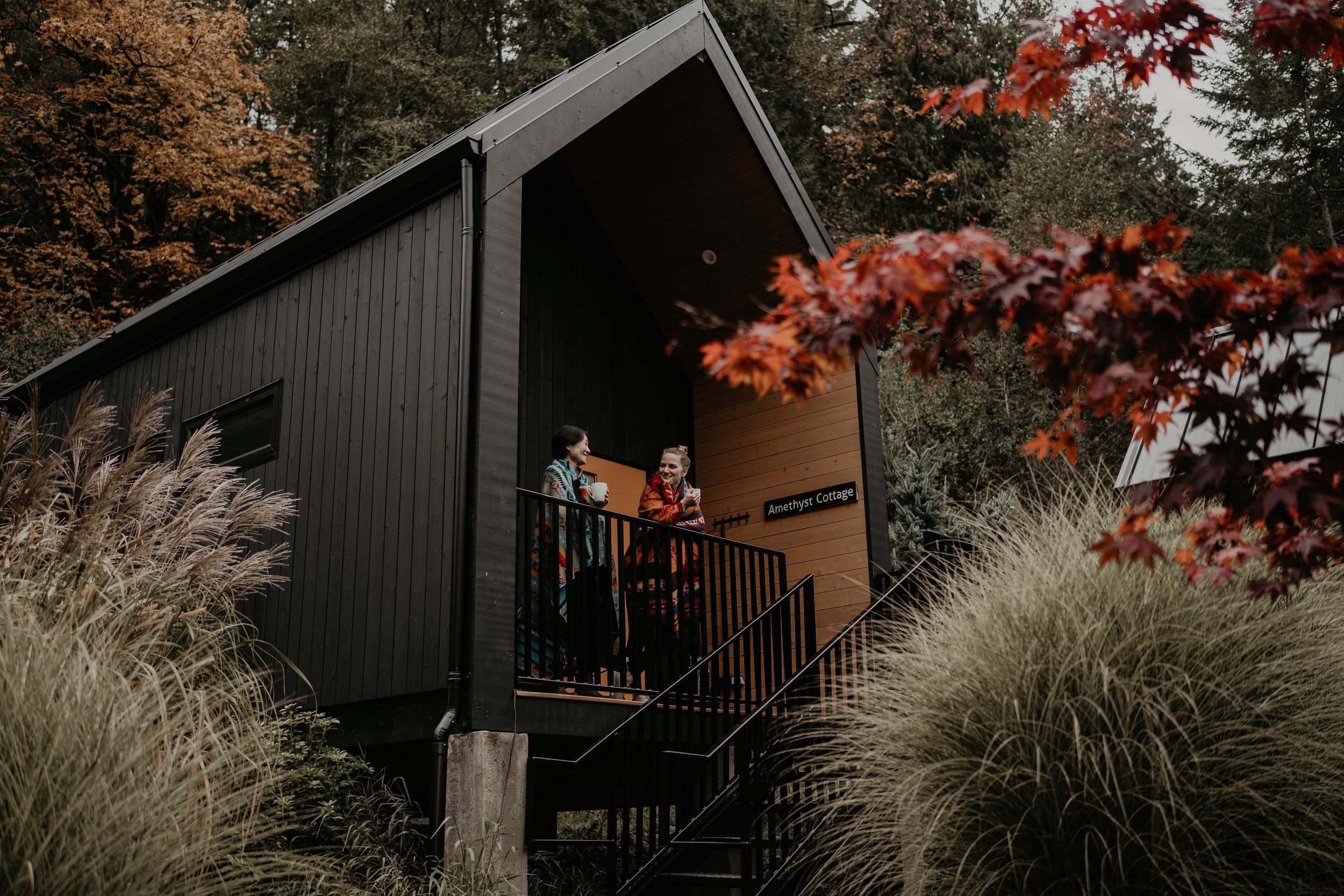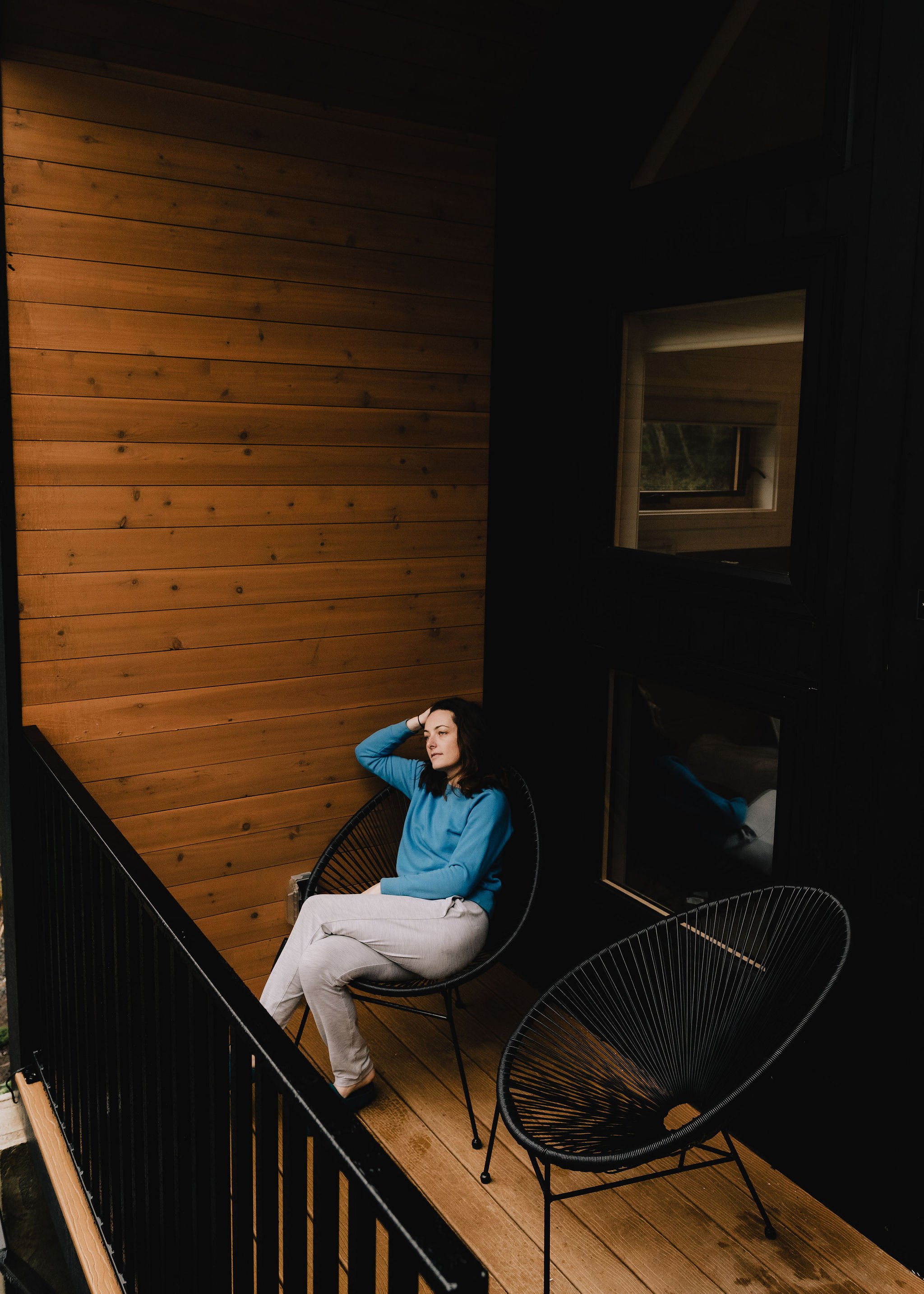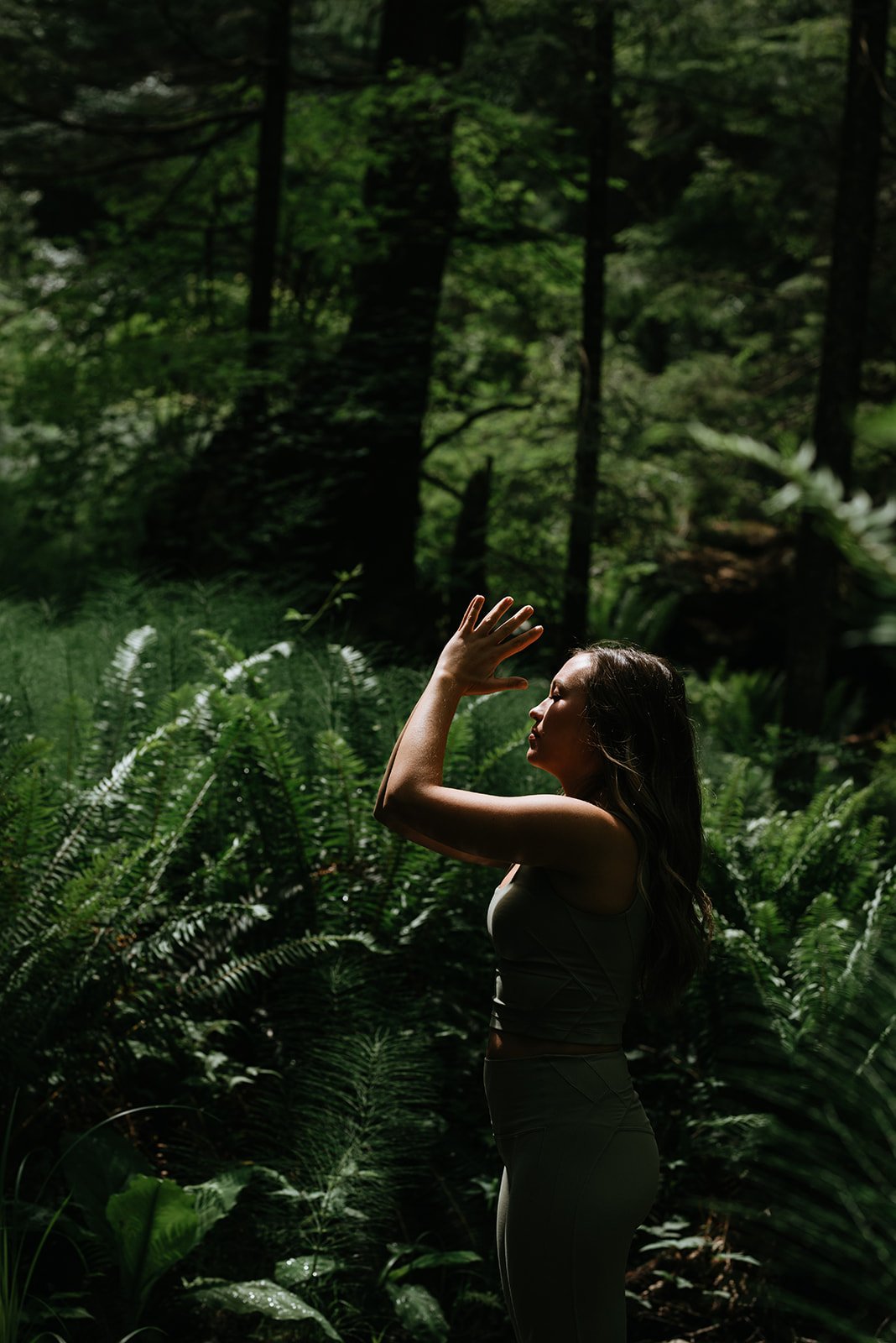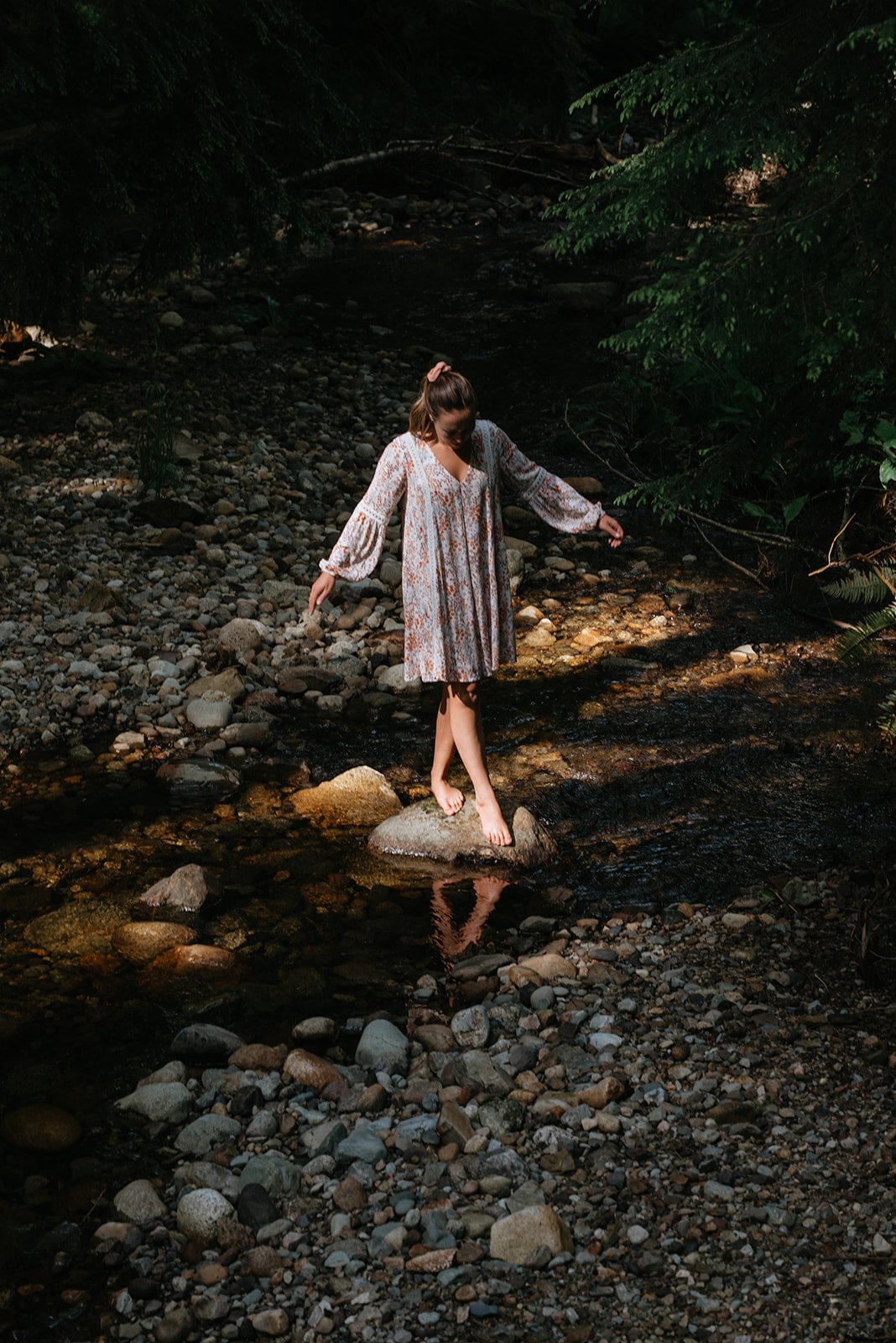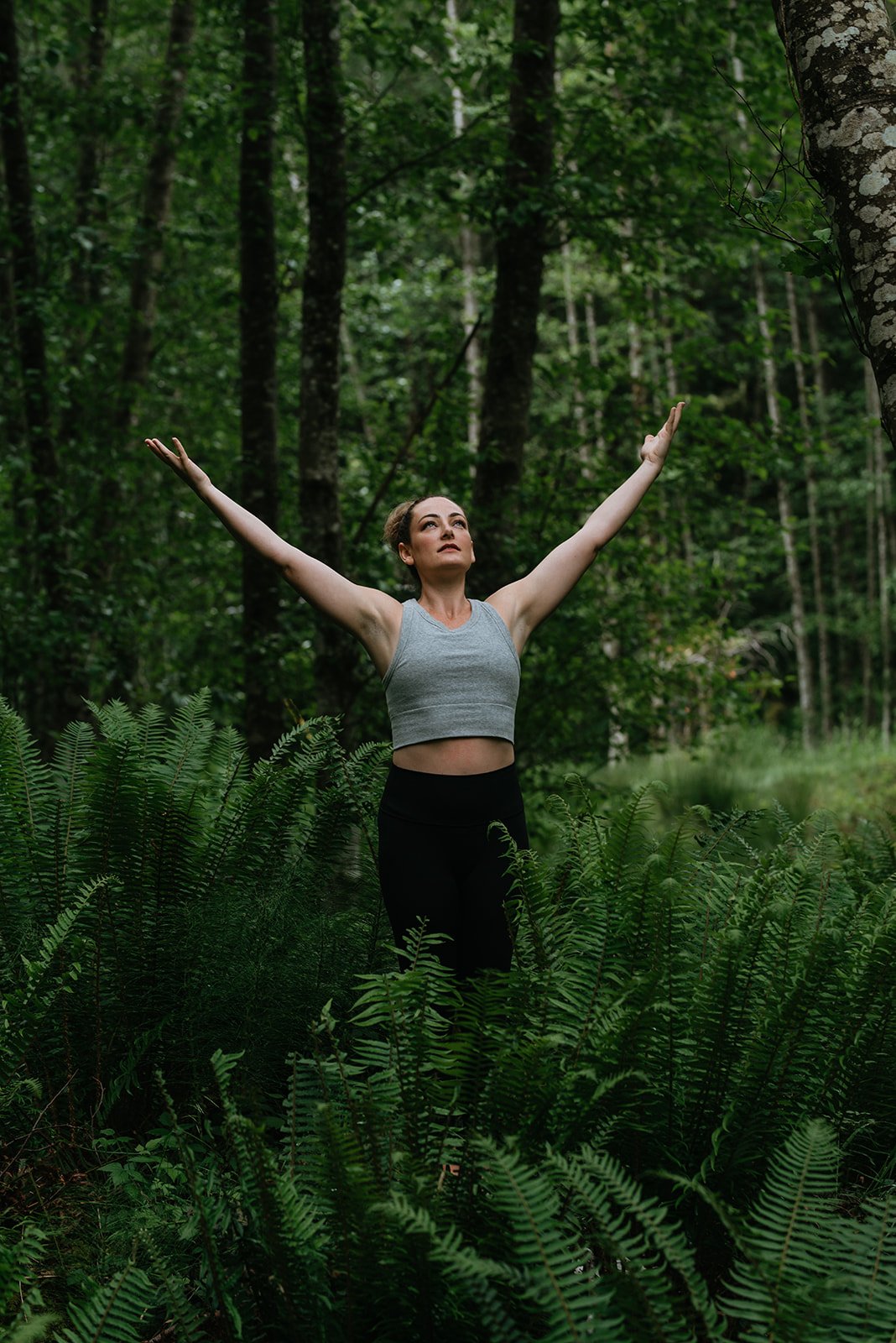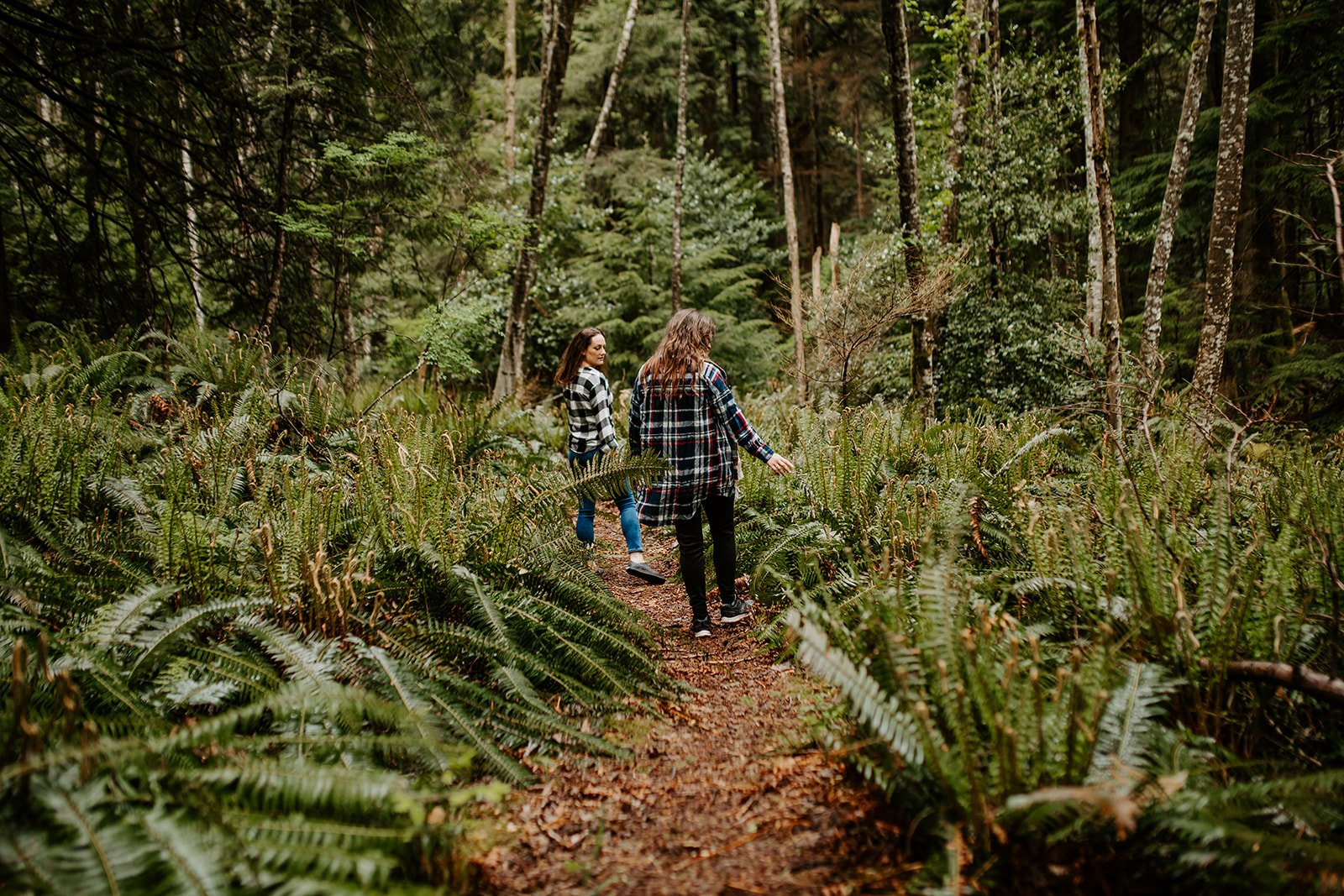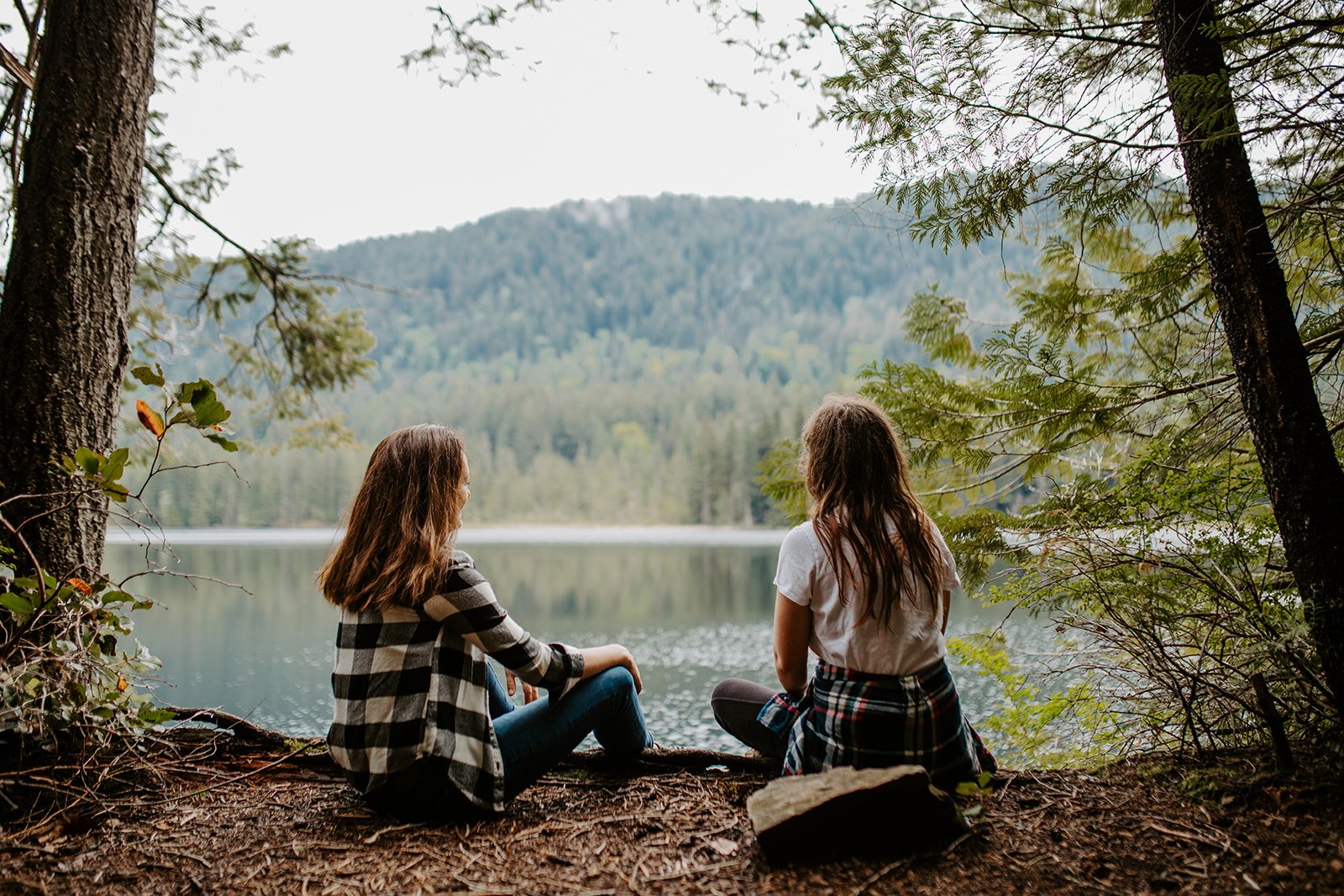Douglas Fir essential oil carries a fresh, invigorating aroma that evokes the crisp scent of a forest after rainfall. This uplifting fragrance is dominated by terpenes like α-pinene, β-pinene, and limonene, which give it a sharp, pine-like quality that is both grounding and energizing. The combination of these terpenes lends Douglas Fir oil its signature clean, woody scent, which can also have subtle hints of citrus, resinous-meets-green-apple sweetness.
The therapeutic qualities of Douglas Fir oil are deeply connected to its molecular structure. α-pinene, known for its anti-inflammatory and respiratory benefits, supports clear breathing and mental clarity. β-pinene is celebrated for its ability to promote relaxation while providing an aromatic bridge to feelings of openness and peace. Limonene, found in the oil, offers a bright, citrus-like note that uplifts the spirit and helps combat stress and anxiety, making it particularly beneficial for emotional balance and mood enhancement.
Ferns are part of a group of plants known as Pteridophytes, which include over 10,000 species. Unlike flowering plants, ferns reproduce through spores and do not produce seeds or flowers. These ancient plants played a significant role in shaping our planet’s ecosystems, and according to the Australian National University, some modern-day coal deposits are believed to be remnants of ancient fern forests.
The fern’s resilience lies in their adaptability. Species like the Bracken Fern and the Staghorn Fern can survive in harsh conditions, including poor soil and limited sunlight, making them a symbol of endurance and perseverance.







